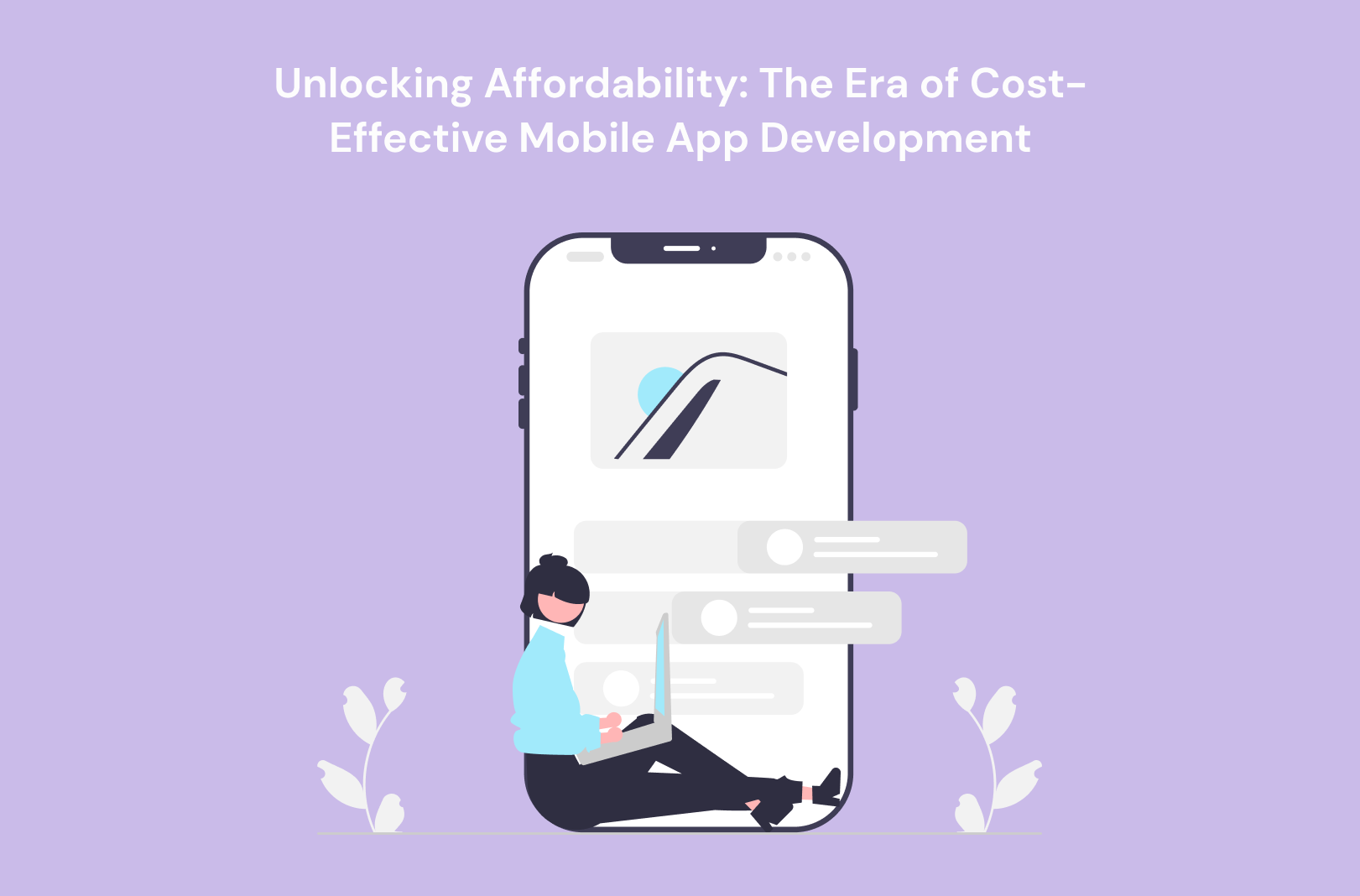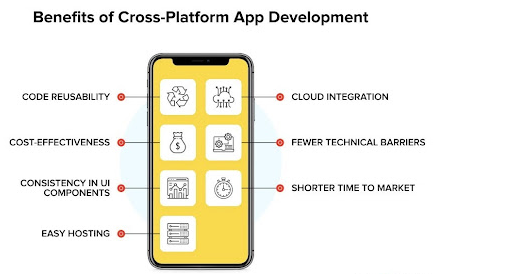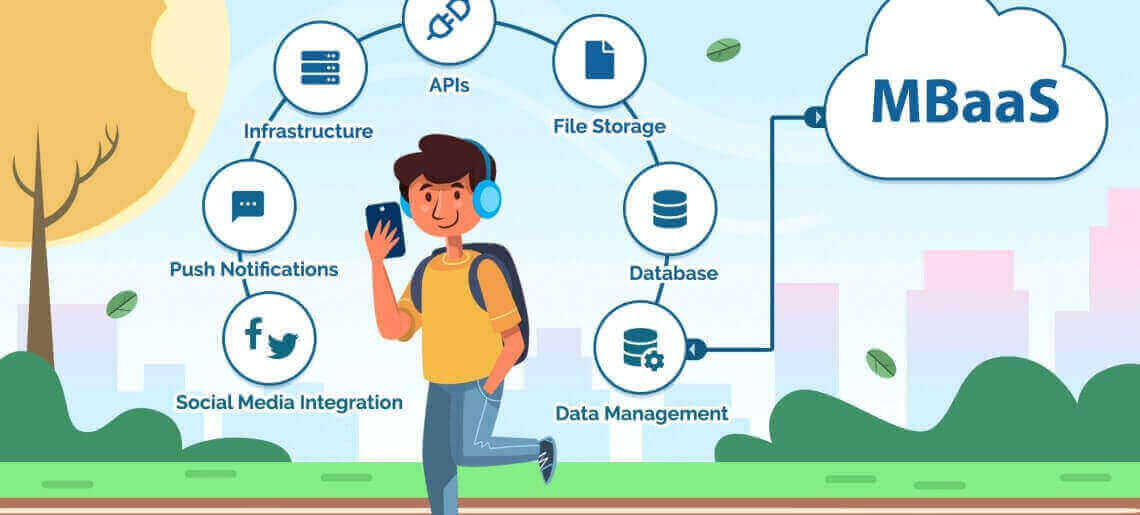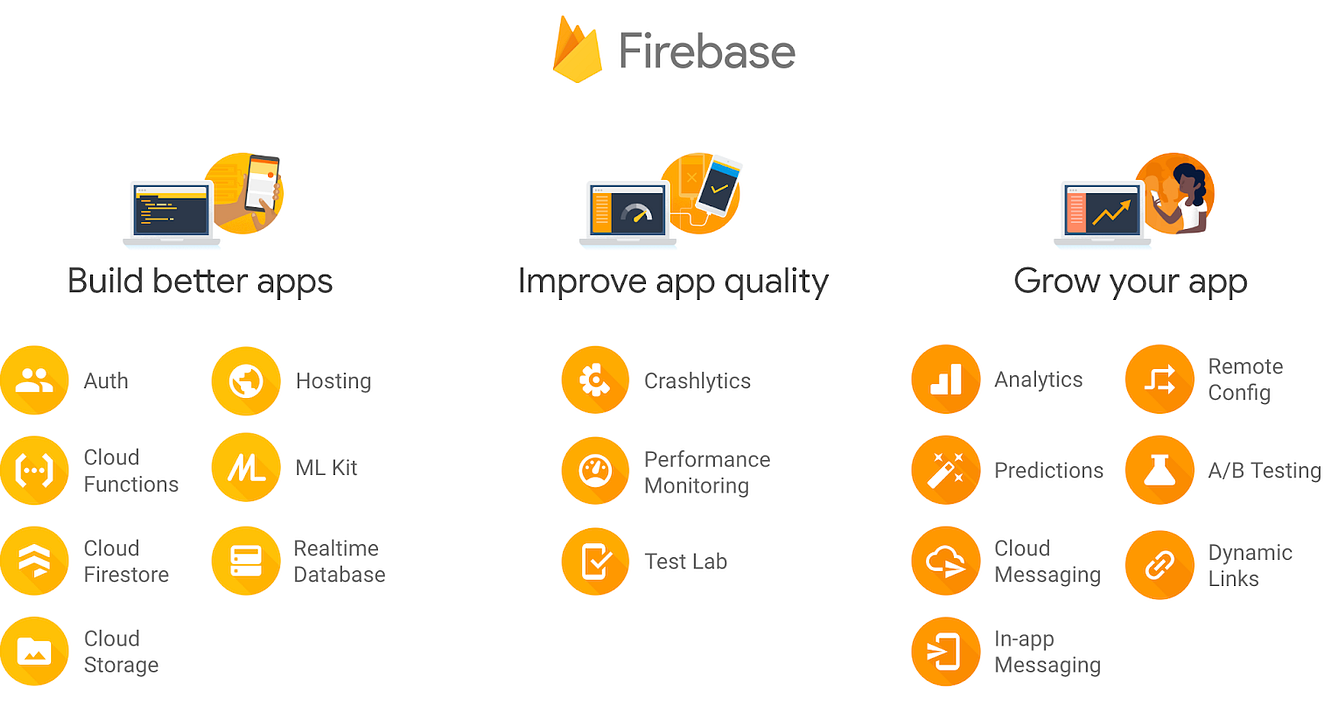Mobile Dev
Why it should be cheaper to develop a mobile app than ever before
July 16, 2023

Unlocking Affordability: The Era of Cost-Effective Mobile App Development
From humble beginnings in the late 1990s, mobile apps have transformed our digital landscape. The launch of Apple's App Store in 2008 marked a turning point, propelling app development into the mainstream. Android's rise and cross-platform frameworks further fueled growth. Advancements in technology like more APIs, reusable packages, and more services like Backend-as-a-service have helped smaller companies and developers to easier develop mobile applications. Even with all this advancement the price to hire a firm to develop an app is still very high. If you Google how much it costs to develop a Mobile application, you get many different answers. But generally, they say that a very simple app can cost from 12 000 $ to 40 000 $, but then more complex can be from 30 000 $ upwards to 500 000 $ or more (1). Then additionally around 20% of the total price for maintenance of the application (2).
When companies see these numbers, they get often scared. Many companies would want an app either for public use or just for internal use, but they feel like they would need to put too much money into a project they are not even sure how profitable it would be. When Fischi got our first customer and presented to them how much we are going to charge them to develop the app they got really surprised. When we talked to them later, they said that they thought we were going to ask for 5-6 times the cost that we ended up taking. So why is it that Fischi can have these low prices and bigger companies still have these high prices to develop simple mobile apps?
Cross-platform frameworks
Cross-platform app development refers to the practice of creating a single app that can be run on multiple platforms, such as Android, iOS, and potentially even web and desktop. This is in contrast to native app development, which involves creating a separate app for each platform using different programming languages and tools. One of the main advantages of cross-platform app development is that it allows developers to create an app once and deploy it to multiple platforms, potentially saving time and resources. It can also make it easier for developers to maintain the app, as they only have to make updates in one place rather than multiple. Additionally, cross-platform app development can potentially reach a wider audience, as the app can be accessed on multiple platforms. But for some more complex or specialized applications, such as those requiring low-level access to hardware or involving advanced graphical rendering, may not be suitable for cross-platform development. In such cases, native development may be a more suitable choice. Many studies have shown that the use of cross-platform tools usually outweighs the disadvantages that come with it, except for when, for example, creating high-end gaming apps (3, 5).
At Fischi we use Flutter to develop our apps. Flutter is a cross-platform mobile development framework by Google, that enables developers to build natively compiled apps for mobile, web, and desktop with the same codebase. Its popularity stems from rapid development, adaptable UI, and Google's strong support. Flutter boasts an extensive community, offering abundant resources and packages to aid developers in starting their Flutter journey. Flutter is not the only cross-platform framework out there, check out our previous blog post where we compare different cross-platform frameworks here. If bigger companies would use Flutter or some other Cross-platform framework they could save a lot of time and just have one team instead of one for Android development and one for Ios development.

Image Source: Net Solutions
Backend as a service
Backend-as-a-Service (BaaS), also known as "Mobile Backend as a Service" (MBaaS), is a cloud computing model that provides pre-built backend infrastructure for mobile and web app development. BaaS eliminates the need for developers to set up and manage server-side components, offering ready-to-use services such as user authentication, data storage, push notifications, and more. MBaaS (Mobile Backend as a Service) offers compelling reasons to be used in 2023. Firstly, it saves time by shortening the backend development cycle and keeping up with market trends. Secondly, it saves money as it is more affordable than custom backend services, reducing costs associated with hiring backend developers. Thirdly, it allows for enhanced focus on front-end development, improving the
user experience. Additionally, MBaaS providers handle backend operations, freeing up time to concentrate on core business operations. It ensures easy integration, security, and data safety while being a suitable choice for small and medium-sized businesses with limited budgets (4, 5).

Image Source: back4app
MBaaS is a fairly new thing in the mobile development world, but there are already a lot of alternatives when choosing Backend-as-a-Service for your app. The one that Fischi has mostly been using is Firebase, which is fully maintained and operated by Google. They have many different services like Authentication, NoSQL database, cloud storage, hosting, analytics, cloud messaging, and much more, so all the things you need basically. Because Both Firebase and Flutter are maintained by Google it’s very easy to use them together. There is both good documentation around it and thousands of YouTube tutorials on how to use the different services that Firebase offers. The main drawback of Firebase is that they offer a NoSQL database. A NoSQL database is sufficient in most instances, but in some cases, you will need to do more complicated queries and then you need to have a SQL database like PostgreSQL. Supabase is an alternative to Firebase which uses a SQL database and has many of the same features that Firebase has. We at Fischi have been using it a lot and we have gotten really good results from it, and it is fast to integrate with the front-end.

Image source: Firebase
Why are the prices still high then?
The high prices associated with mobile application development can be attributed to several factors. Firstly, the limited proficiency of most developers in cross-platform frameworks like Flutter or React Native contributes to higher costs. These frameworks, being relatively new, are not extensively covered in traditional university curricula. Instead, the focus tends to be on native programming languages like Java, Kotlin, Swift, and Objective-C.
Additionally, the hiring practices of companies play a role in maintaining high prices. Many organizations prefer to hire developers skilled in traditional native languages, as reflected in job listings on platforms like LinkedIn. This reinforces the prominence of native languages and creates a demand for professionals proficient in those technologies. Furthermore, the scarcity of skilled developers in the market leads to higher salaries. As companies compete to secure the services of experienced developers, the cost of their expertise increases, ultimately impacting the overall cost of mobile app development projects.
Moreover, the reluctance of companies to adopt newer technologies like cross-platform frameworks or MBaaS (Mobile Backend as a Service) adds to the persistence of high prices. Organizations often choose to follow familiar and established methods, even if they come with higher costs, rather than embracing new approaches that may require retraining or adjustments to existing workflows.
Summary
The prices for mobile application development remain high due to this “evil” cycle where companies still use the traditional native programming language for developing mobile applications, where universities teach them the native programming language because that is what companies are looking for on the job market, and companies are hiring developers that know the native programming languages because that is what developers that graduate from university/college know. Also, companies are skeptical about using MBaas, because they want to follow familiar and more established methods. Because most app-developing companies are skeptical to use these technologies their prices are much higher. Our company is able to keep down the costs because we use these technologies and other ones to speed up the development time, we also don’t have any offices so, therefore, we can also keep down the cost even more. If you are interested in a mobile application, website, or tech solutions, you can find all the details on our website.
Sources:
Share